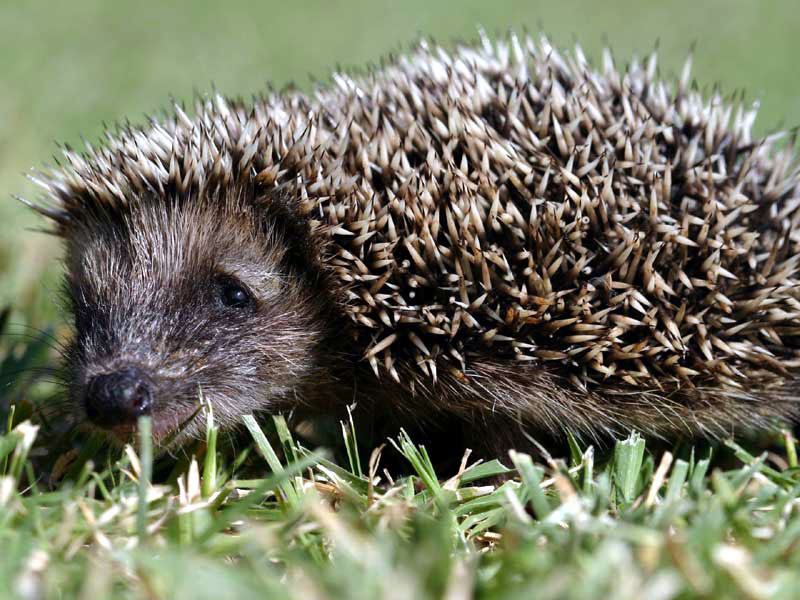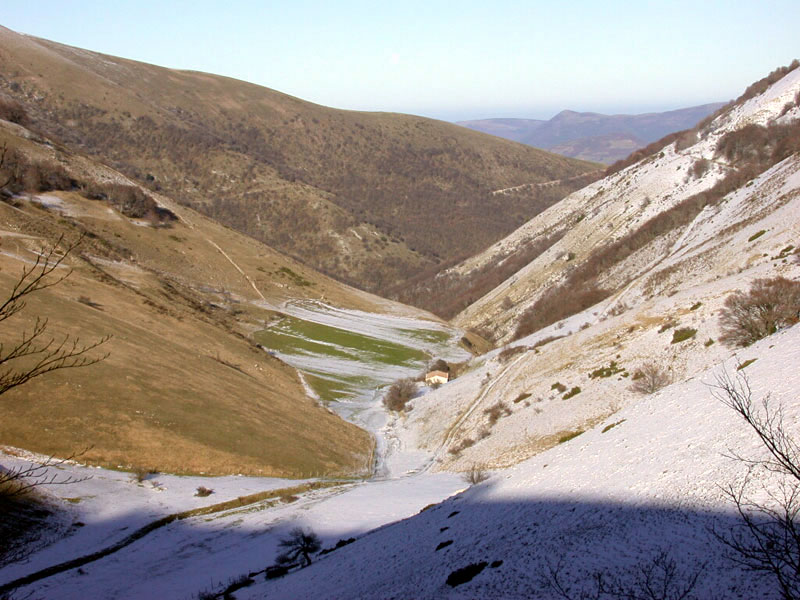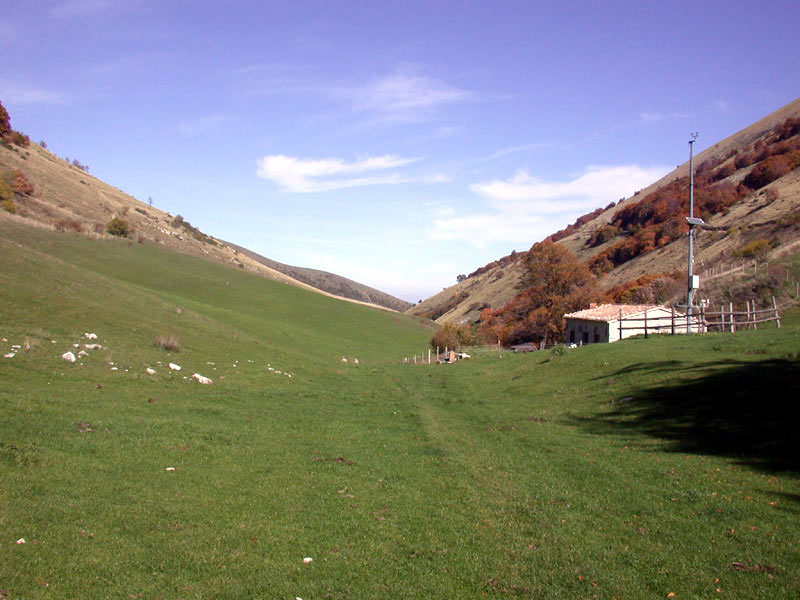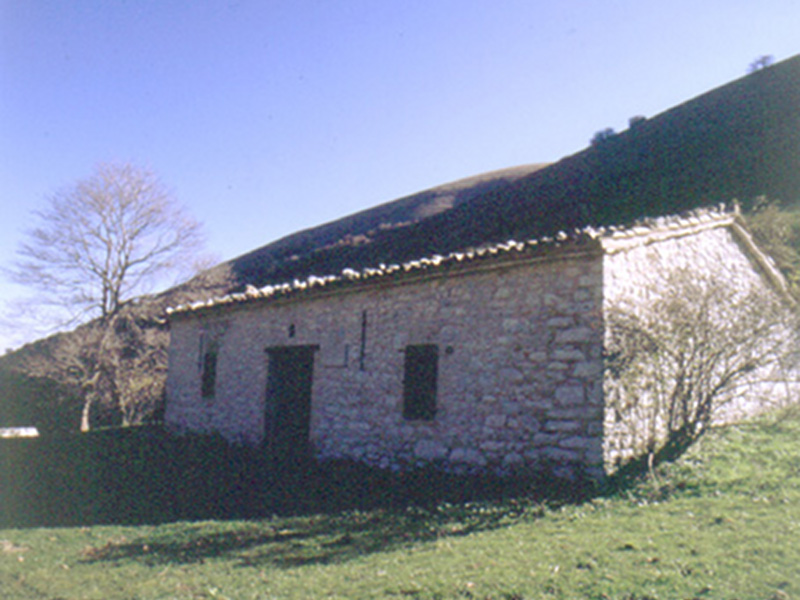Riserva Statale integrale Montagna di Torricchio (Oasi Affiliata WWF)
web.unicam.it/botanicaProtected Area
Identity Card
- Land Surface Area: 317.12 ha
- Regions: Marche
- Provinces: Macerata
- Municipalities: Monte Cavallo, Pieve Torina, Visso
- Establishment Measures: DMAF 07/04/1977
- PA Official List: EUAP0091
- Park Authority: Università di Camerino, School of Biosciences and Veterinary Medicine - Plant Diversity and Ecosystems Management Unit
Torricchio Reserve exists since 1970 thanks to the initiative of the Botanic Institute of Camerino (now Botanic and Ecology Department) and extends in an area of 317.12 hectares in the Municipalities of Pievetorina and Montecavallo (Province of Macerata), obtained from the Marquis Mario Incisa della Rocchetta, President of the Italian Association of W.W.F. It is the first protected area established in the Marches.
Further information (Italian text)
Flora and Fauna
As far as vegetation is concerned, there are interesting woods of
larches, downy oaks, manna ashes, and beeches. Several habitats offer
niches suitable to house a very rich flora (652 recorded units) among
which some endemic species, such as Viola eugeniae ssp.eugeniae, Gentianella columnae, Campanula tanfanii, Campanula apennina, and Trisetum villosum.
As far as the fauna is concerned, in the area the grey partridge and
the rock partridge reproduce, and among the mammals there are the
badger, the European wild cat, and the squirrel, while the wolf does
not settle in the area.
Biodiversity (Italian text)
Historical Aspects
(the following links lead to Italian texts)
Preservation
Established in 1970, Montagna di Torricchio Nature Reserve has been officially recognized by a Ministerial Decree of 7th April 1977 (G.U. of 4th May 1977).
A further recognition has been given by its inclusion in the European
net of biogenetic reserves (D.M. 19/10/79) and by its inclusion in 1987
in the "Piano Paesistico/Amb." of the Marches Region. Montagna di Torricchio Nature Reserve (G.U. no. 62, 16th March 1994) is in the "Elenco Ufficiale delle Aree
Naturali Protette" established by the law about the Protected Areas
(Law of 6th December 1991, no. 394)
This area includes the typical
aspects of the middle mountains of the Apennines, with different fauna
and flora according to the hills or the mountains; in it a number of
scientific researches have been carried out by the University of
Camerino: these researches are witnessed by the publications in the
volumes of the journal "La Riserva naturale di Torricchio", published
by the University and edited by Prof. Franco Pedrotti.
The Development
The place presents the characteristic aspects of the middle mountains of the Central Apennines, with a vegetation varying according to where we are, in the hills or in the mountains. It is a Strict Nature Reserve, and for this reason is part of the European Network of Biogenetic Reserves since 1981.
Territorial division of the Nature Reserve
- Pasture - ha 203.7762
- Meadow - ha 12.8980
- Shrubby pastures - ha 13.6350
- Woodland - ha 86.5140
- Roads - ha 0.3080
- Total - ha 317.1312
No. physiognomic kinds of vegetation: 13
No. phanerogamic vegetable species: 687
No. most widespread vegetational units: 15
No. series of vegetation: 2
No. spring algal species: 38
No. species of nesting Avifauna: 57
No. species of Coleoptera: 35
No. specie di Arachnids Opilionids: 17
No. species of Macrolepidopters (1 of which new for science): 552
No. specie di Tardigrades (1 of which new for science): 24
The area is accessible for study, research, and didactic aims, by previous authorization.
The Initiatives
Among the main aims of the Reserve there are the concern and the
safeguard of the environment of the Apennine chain within the area and
the development of a number of initiatives for the census, the
recording, and the monitoring of the elements making its natural
heritage. Moreover, a database dedicated to the management of the
collected data will allow to use them for technical/scientific purposes
and to provide information.
On the programme there are the creation
of adequate structures to be used as head offices and Visitor Center
and the restructuring of the Casale Piscini.
Scientific texts, cartography, collaborations with other Universities of Park Authorities,
the establishment of the C.E.A. "Renzo Videsott", and the creation of
two portals in calcareous rock as entrances of the Reserve are worth a mention.









